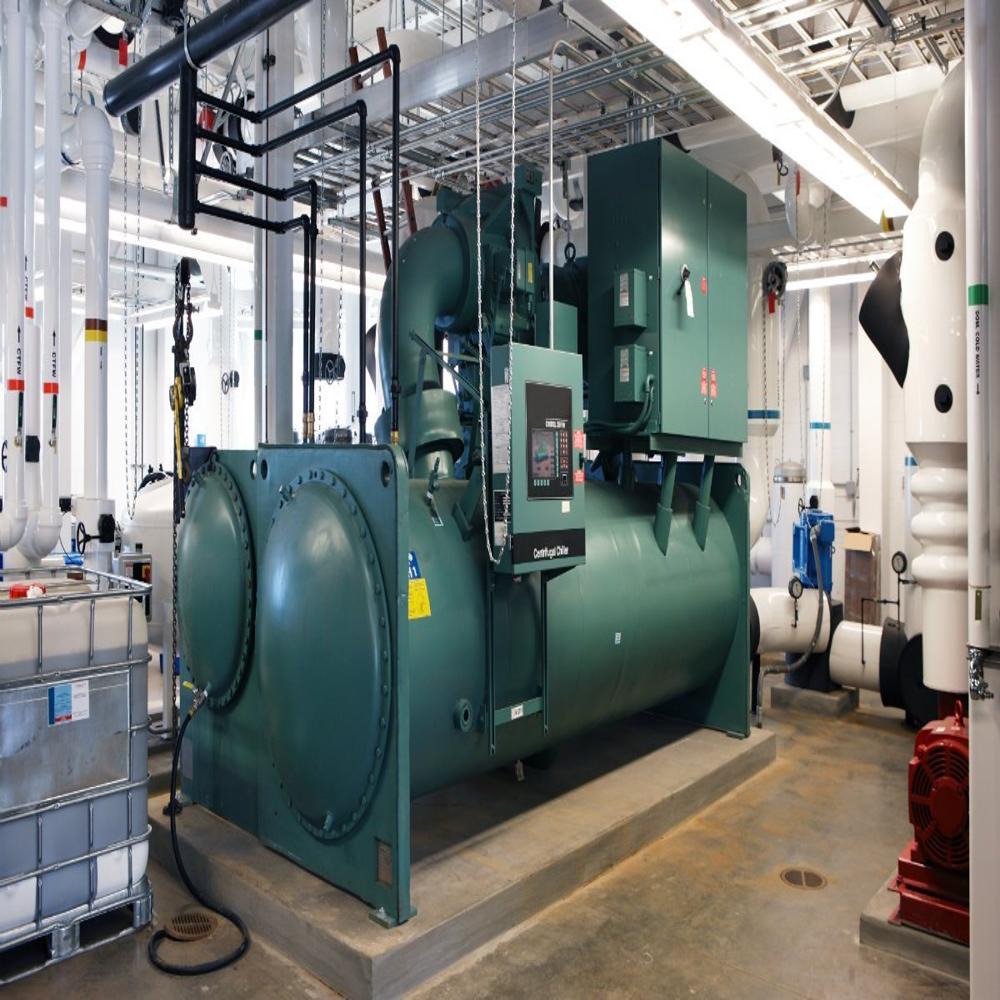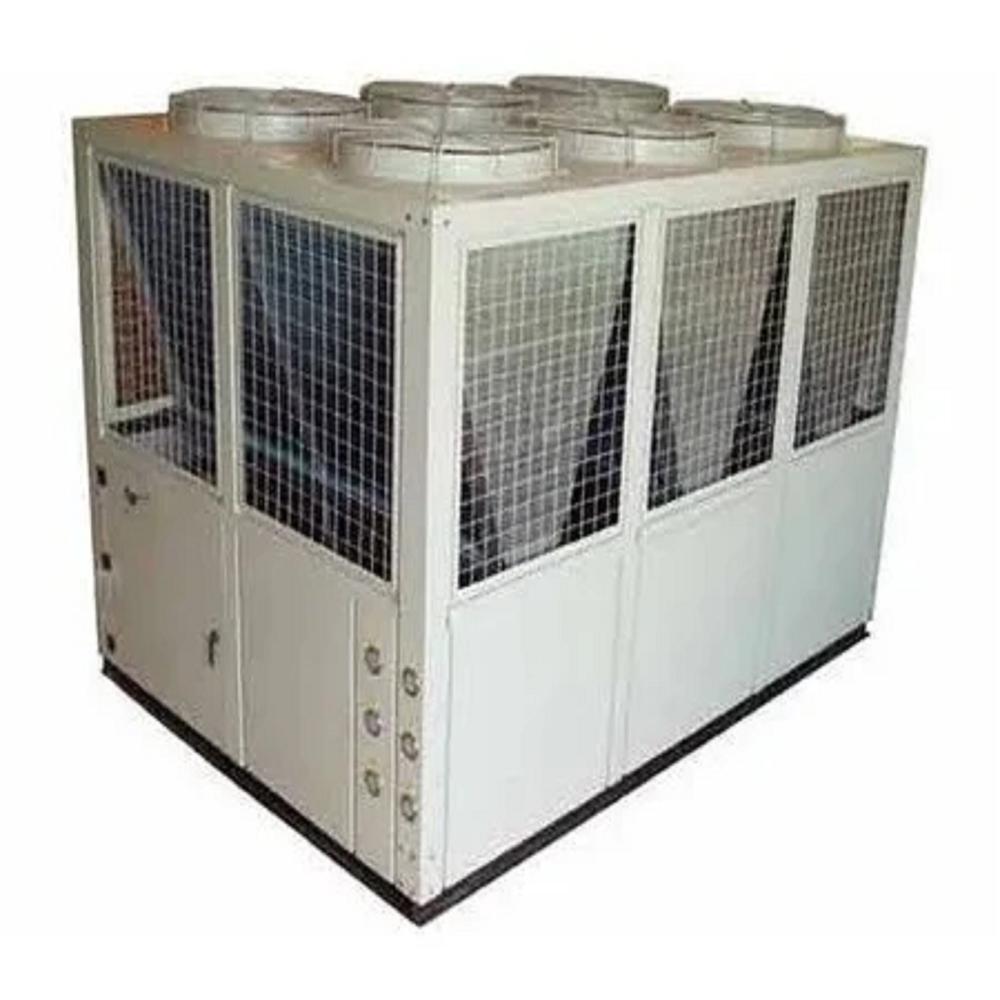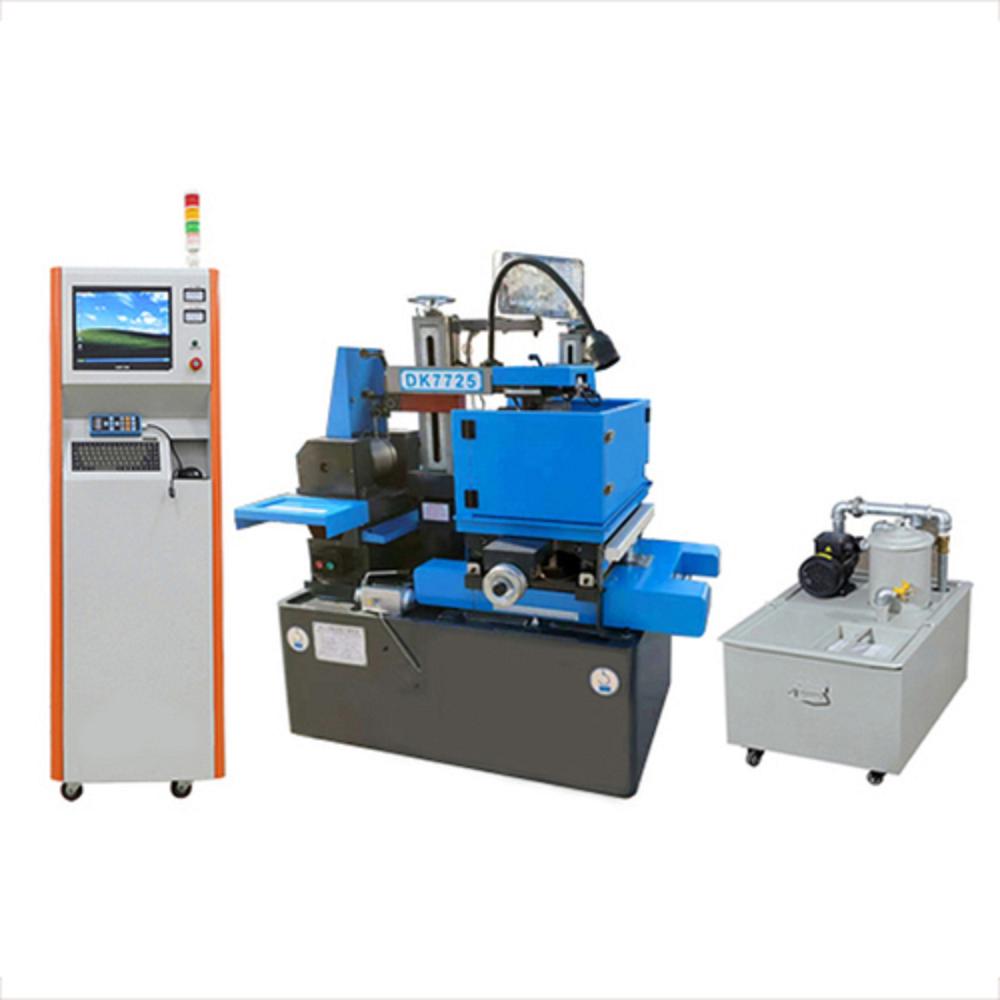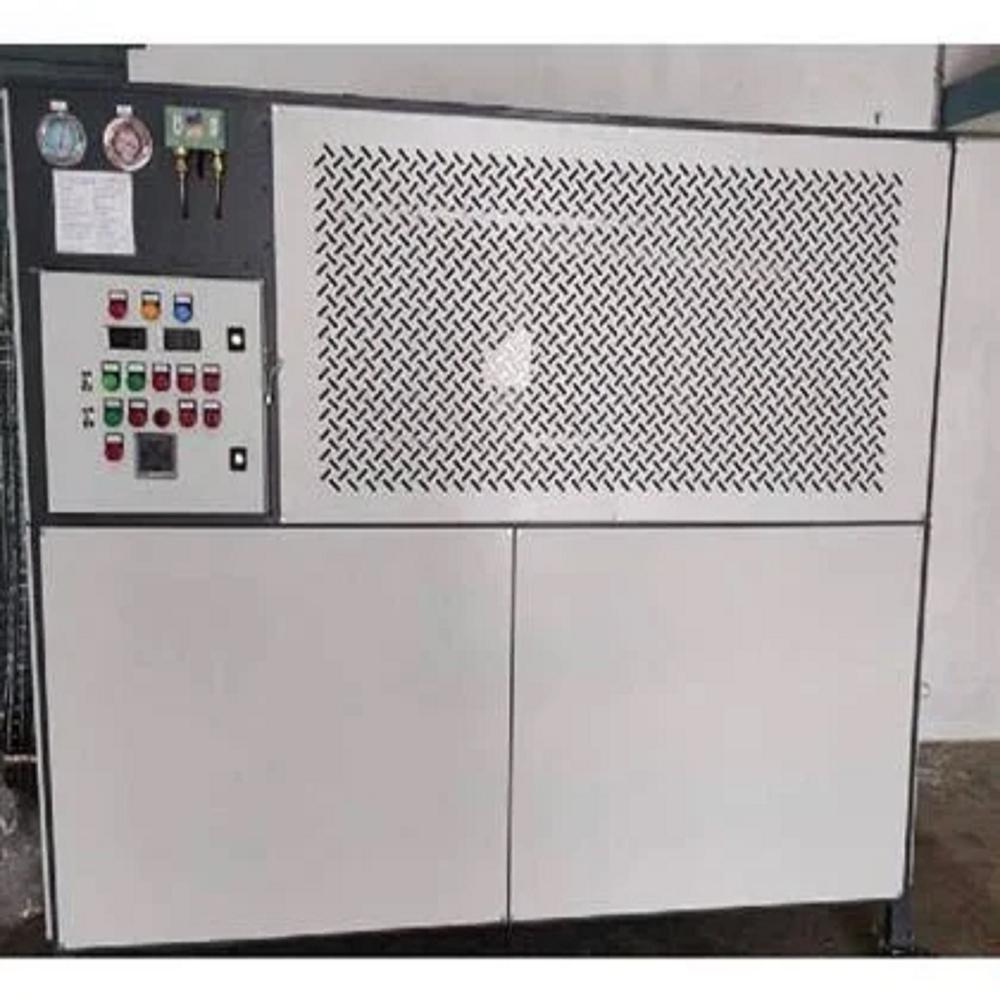Chiller HVAC
100000.0 INR/Number
Product Details:
- Color WHITE AND GREY
- Material Aluminum
- Usage industrial
- Type industrial
- Warranty Yes
- Click to View more
X
Chiller HVAC Price And Quantity
- 1 Number
- 100000.0 INR/Number
Chiller HVAC Product Specifications
- Yes
- industrial
- Aluminum
- WHITE AND GREY
- industrial
Chiller HVAC Trade Information
- Cash in Advance (CID)
- 10 Number Per Month
- 3 Week
- All India
Product Description
In HVAC, a chiller isa refrigeration system that removes heat from a liquid, typically water, and then circulates the chilled liquid to absorb heat from a building or facility, providing cooling.
Here's a more detailed explanation:
- Function:
Chillers are the backbone of many large-scale air conditioning systems, particularly for commercial buildings and industrial processes.
- Mechanism:
They work by using a refrigeration cycle (like a refrigerator) to transfer heat from a liquid (usually water) to the ambient air or a cooling medium, such as water.
- Types:
- Air-cooled chillers:Use ambient air as the cooling medium to dissipate heat.
- Water-cooled chillers:Use a cooling tower to circulate water and remove heat.
- Components:
- Compressor:Compresses the refrigerant, increasing its temperature and pressure.
- Evaporator:Absorbs heat from the water as the refrigerant changes into a gas.
- Condenser:Cools the refrigerant back into a liquid state.
- Expansion valve:Reduces the pressure of the refrigerant before it returns to the evaporator.
- Applications:
- Cooling commercial buildings.
- Facilitating industrial processes.
- Cooling data centers.
- Maintaining temperatures for food storage and preservation.
- Advantages:
- More efficient cooling for large-scale applications.
- Can be used for both heating and cooling (heat recovery).
- Disadvantages:
- Can be more complex and expensive than traditional HVAC systems.
- Water-cooled chillers require cooling towers and water management systems.
Tell us about your requirement

Price:
Quantity
Select Unit
- 50
- 100
- 200
- 250
- 500
- 1000+
Additional detail
Mobile number
Email








